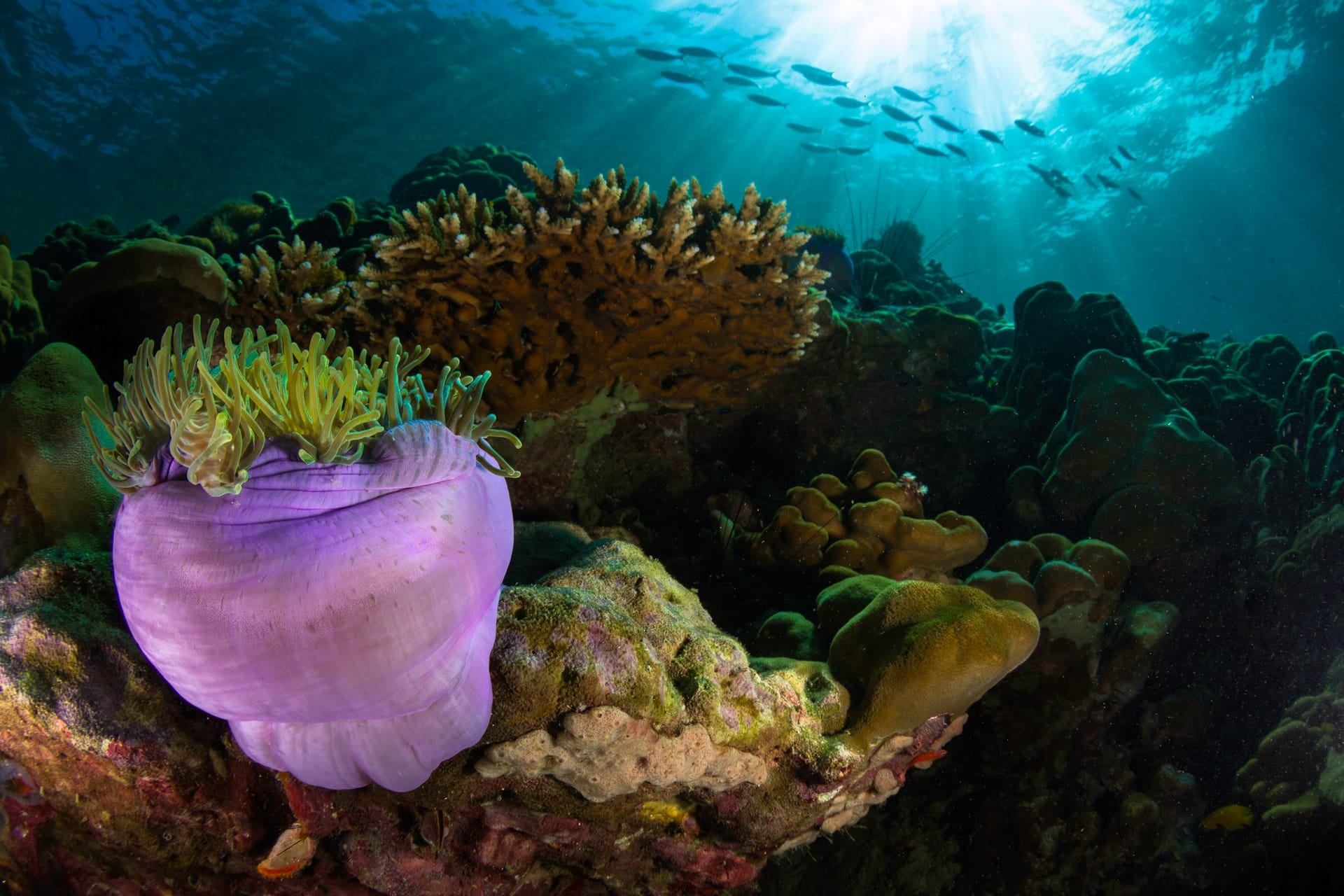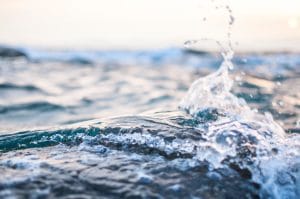Every single piece of plastic we buy, use, and discard will be on this planet for the next 500-1000 years [Plastic Breakdown]. It may break down into tiny pieces (microplastics), but it never really goes away. Microplastics have been found at the highest camp on Mt. Everest (26,000 ft up) and the bottom of the Mariana Trench (36,000 ft underwater) [Everest, Trench]. Because microplastics have been found across many different ecosystems and in the tissues of many species, they are considered a ubiquitous, “everywhere” environmental contaminant.
It is estimated there are now 5.25 trillion macro and micro pieces of plastic in our ocean (46,000 pieces in every square mile of ocean), weighing up to 269,000 tons (538 million pounds). This is an ongoing and devastating problem as every day around 8 million pieces of plastic makes their way into our oceans [Plastic Stats].
Types of Microplastics
Microplastics can be subdivided into primary microplastics and secondary microplastics. Primary microplastics are plastics manufactured to be less than 5mm and are commonly known as “microbeads.” These microbeads are used in facial scrubs, toothpastes, body washes, and other exfoliative cosmetics. Primary microplastics are also used in the application of air blasting technologies as a finishing technique for engines, ship hulls, and metal parts to rid surfaces of debris, paint, or uneven planes created during production.
Secondary microplastics result from the breakdown of larger plastics like bottles and containers. Secondary microplastics can also be created from the wearing down of automobile tires during driving and from the wearing and washing of synthetic fabrics like polyester, nylon, fleece, and elastane. These types of sources have been coined “Down-the-Drain” microplastics [Down-The-Drain].
The Everyday Ingestion of Plastics
Whether from illegal dumping, the washing of our Dri-Fit and yoga pants, or in everyday litter, plastics are ending up in the ocean. Ingestion of macroplastics (large pieces of plastic) and microplastics can lead to physical trauma to the digestive tracts of wildlife, pseudosatiety (a false feeling of being full) and resultant malnutrition, or physiologic effects through tissue damage, oxidative stress, and endocrine disruption caused by plastic additives.
Humans can become exposed through eating the species containing microplastics, drinking both tap and bottled water, and consuming processed foods. The World Wildlife Fund has estimated that the average person potentially consumes as much as 1769 particles of plastic every week just from water. Shellfish, beer, and salt have also been found to be high contributors of microplastics in the average human diet. It is estimated that this equates to approximately 5 grams of plastic ingested every week, which is the amount of plastic found in a credit card [WWF].
The Adverse Effects
There are many different types of plastics, and several plastic additives have been shown to lead to endocrine disruption, developmental abnormalities, and diseases in humans such as obesity, heart disease, type 2 diabetes, and cancer [1, 2, 3, 4].
In addition to the chemical composition of the plastics themselves, chemicals absorbed through the surface of marine plastics such as polyaromatic hydrocarbons (PAHs), polychlorinated biphenyls (PCBs), fertilizers, pesticides, and heavy metals are known to cause negative health effects as well.
What Can We Do?
Looking toward the future, there are several things to focus on, easily summarized by “Three I’s”: Information, Innovation, and Inconvenience.
- Information: There is a need for additional research into the potential health impacts of microplastics on the health of animals, humans, and ecosystems around the world. Safe levels of consumption are not yet known due to the production of many different types of plastics and proprietary combinations of plastic additives.
- Innovation: The development of cost-efficient plastic alternatives is going to be especially important in mitigating the current plastic problem. New materials with the same antimicrobial properties of plastics could help shift production toward more sustainable and less permanent products.
- Inconvenience: This one isn’t as much fun to think about, but with a little inconvenience and a little creativity, people can change patterns of plastic use in their everyday lives. Reusable bottles and bags are an obvious shift, but there are other things you can do to decrease your plastic waste such as buying products with less or no packaging (or paper packaging), skipping straws and lids, using plastic-free cleaning products, investing in natural fiber clothing (such as cotton, cool wool, or bamboo), using rechargeable batteries, and composting, to name a few ideas!
This might sound like a bunch of bad news, but serious problems require serious efforts and large numbers of willing people to solve them. You can be part of the solution to this serious plastic problem.
Reality Changing Observations:
1: What can you do to reduce plastic use and disposal in your home?
2: How can you encourage family and friends to reduce their own plastic use?
3: Why do you think convenience so often guides our actions and attitudes around plastic use?
(Editor’s note: Ashley’s research project on this topic can be found here.)





